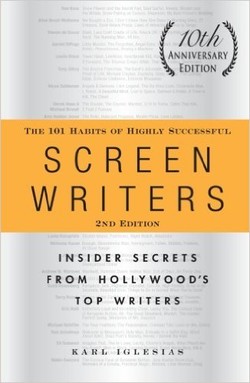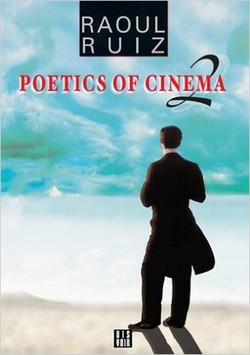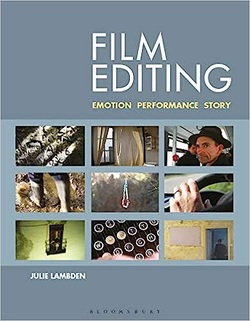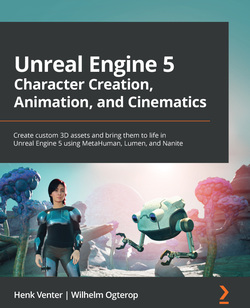شاعرانگی فیلمنامه نویسان

نوشتن نمایشنامههای موفق که تصور عمومی و توجه زیادی را به خود جلب کند از دغدغههای فیلمنامهنویسان است.
فیلمنامه چیزی بیش از دنبال کردن تجویزهای دهها تن از فیلمنامهنویسان که در حال حاضر منتشر شده است، میطلبد. یادگیری چگونگیهای نوشتن فیلمنامه بسیار مهم است، اما درک دراماتیک عناصری که یک نمایشنامه خوب را میسازد دارای اهمیتی برابر برای نوشتن یک فیلم فراموش نشدنی میباشد. Lance Lee نویسنده کهنهکار و مدرس در کتاب “شاعرانگی فیلمنامهنویسان” با مروری کامل از عناصر دراماتیک نمایشنامهها، فیلمنامههای الهامدهنده و حرفهای گوناگونی را ارائه میدهد.
این کتاب کاملا بیطرف، روشهای گوناگون فیلمنامهها را بررسی میکند.
فیلمنامه چیزی بیش از دنبال کردن تجویزهای دهها تن از فیلمنامهنویسان که در حال حاضر منتشر شده است، میطلبد. یادگیری چگونگیهای نوشتن فیلمنامه بسیار مهم است، اما درک دراماتیک عناصری که یک نمایشنامه خوب را میسازد دارای اهمیتی برابر برای نوشتن یک فیلم فراموش نشدنی میباشد. Lance Lee نویسنده کهنهکار و مدرس در کتاب “شاعرانگی فیلمنامهنویسان” با مروری کامل از عناصر دراماتیک نمایشنامهها، فیلمنامههای الهامدهنده و حرفهای گوناگونی را ارائه میدهد.
این کتاب کاملا بیطرف، روشهای گوناگون فیلمنامهها را بررسی میکند.
سال انتشار: 2001 | 160 صفحه | حجم فایل: 1 مگابایت | زبان: انگلیسی
A Poetics for Screenwriters
نویسنده
Lance Lee
ناشر
University of Texas Press
ISBN10:
0292747195
ISBN13:
9780292747197
قیمت: 16000 تومان
برچسبها: فیلمنامه نویسی
Writing successful screenplays that capture the public imagination and richly reward the screenwriter requires more than simply following the formulas prescribed by the dozens of screenwriting manuals currently in print. Learning the "how-tos" is important, but understanding the dramatic elements that make up a good screenplay is equally crucial for writing a memorable movie. In A Poetics for Screenwriters, veteran writer and teacher Lance Lee offers aspiring and professional screenwriters a thorough overview of all the dramatic elements of screenplays, unbiased toward any particular screenwriting method.
Lee explores each aspect of screenwriting in detail. He covers primary plot elements, dramatic reality, storytelling stance and plot types, character, mind in drama, spectacle and other elements, and developing and filming the story. Relevant examples from dozens of American and foreign films, including Rear Window, Blue, Witness, The Usual Suspects, Virgin Spring, Fanny and Alexander, The Godfather, and On the Waterfront, as well as from dramas ranging from the Greek tragedies to the plays of Shakespeare and Ibsen, illustrate all of his points.
This new overview of the dramatic art provides a highly useful update for all students and professionals who have tried to adapt the principles of Aristotle's Poetics to the needs of modern screenwriting. By explaining "why" good screenplays work, this book is the indispensable companion for all the "how-to" guides.









































